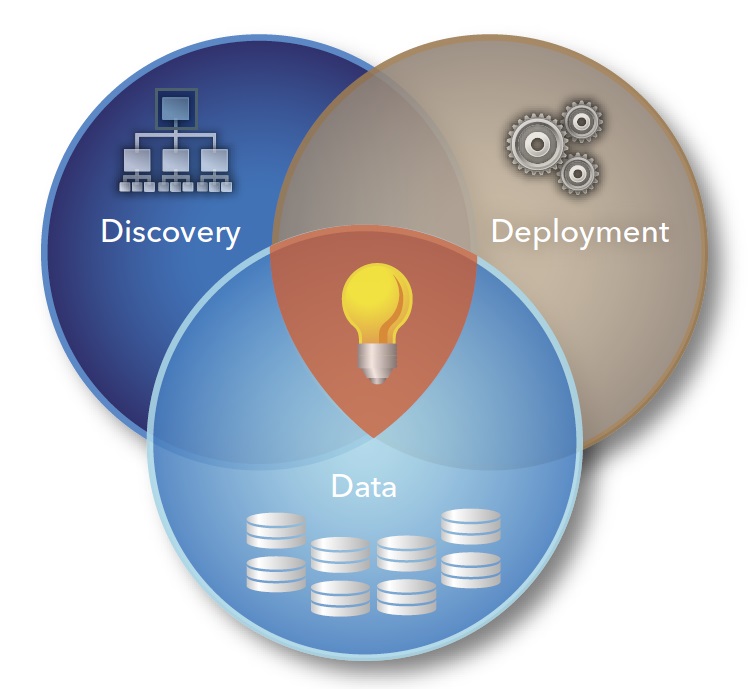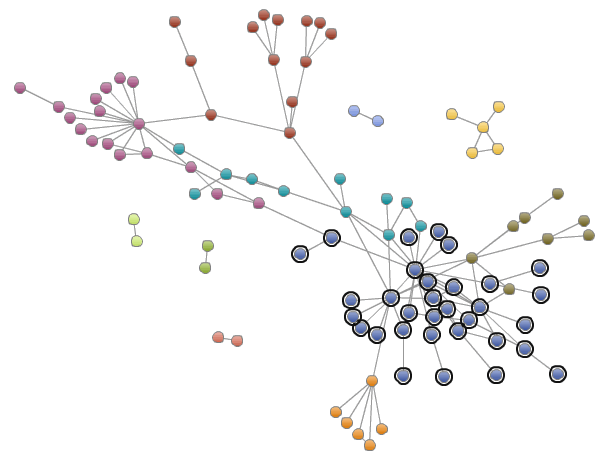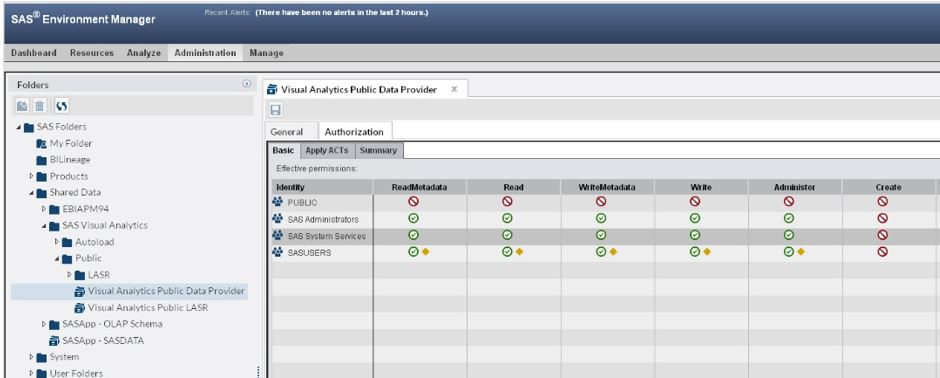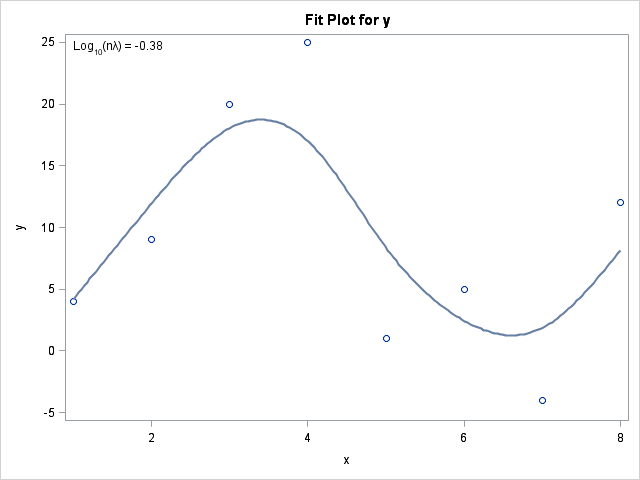All Posts

In Part 1, we reviewed 3 nutrients that help stabilize moods: Folate, Omega 3 Fatty Acids and L-Theanine. Read further to learn 3 additional nutrients that have a positive impact on our moods and energy levels. 4. MAGNESIUM Magnesium is crucial for more than 300 body functions including anti-anxiety benefits.

Having served as conference chair for last year’s SAS Global Forum, I am so looking forward to just being a normal attendee at this year’s conference in Washington, DC. That’s right, I’ll have no speaking commitments, no interviewers, no responsibilities—just the privilege of selecting the content that is right for

Networking with other SAS users is what I love most about SAS Global Forum! At every conference, I look for ways to find those who share my interests or whose experience sheds new light on my use of SAS software. When I come across tips on networking, I always try

Like many SAS programmers, I use the Statistical Graphics (SG) procedures to graph my data in SAS. To me, the SGPLOT and SGRENDER procedures are powerful, easy to use, and produce fabulous ODS graphics. I was therefore surprised when a SAS customer told me that he continues to use the
Classification panels are a very popular visual representation of the data, where the data is gridded by class variables all in one graph. This makes it easy to compare and contrast the data by these class variables. The SGPANEL procedure makes this easy, and most of the time it is

IT support levels for different processes and business applications depend on many factors. So how are analytics projects generally supported? It's common for IT to view the implementation of advanced analytics as part of a production job or process, especially when analytic models are deployed into different operational systems that are

SAS administrators now have another tool to keep SAS users from straying off their permitted path: the LOCKDOWN system option. The option was introduced in "stealth mode" for SAS 9.4. In SAS 9.4M1, it became a true, documented option. For the official guide to creating "locked-down servers", see the SAS

Most SAS programmers would agree that they use the SET statement without giving much thought to the syntax, because it’s such a widely used statement of choice. We routinely name the expected data sets and possibly a few options, and away we go. A visit to the documentation can be

People who know me know that there’s one thing I hate at work – duplication of efforts. I’m not talking about working on a problem in a coordinated fashion. I’m talking about two or more people doing the same work, to answer the same question. Without coordination, there will be

All work and no play makes Ed a very dull boy. So, I took the family skiing last week. It was a blast. They had a good time out there shivering in the snow, doing stuff like: fall down, get up, repeat. Not my idea of fun. I spent my

In this interconnected world, it is more important than ever to understand not just details about your data, but also how its different parts are related to each other. Social networks reveal often surprising details about what people think about your product or services, how they are linked to other

SAS Environment Manager 2.1 (which was released with SAS 9.4 M1), has new features to make it easier to manage your SAS environment. For example, it now supports metadata clusters, and it has an improved method for handling access to the application. But the biggest change is in metadata access.

My previous post described how to use the "missing response trick" to score a regression model. As I said in that article, there are other ways to score a regression model. This article describes using the SCORE procedure, a SCORE statement, the relatively new PLM procedure, and the CODE statement.

I had the opportunity to moderate a roundtable discussion on risk management at the International Institute for Analytics’ (IIA) winter symposium in Orlando earlier this month. I set the stage for the session with a brief overview of my favorite risk approach, “Competing on Value”, by Mack Hannan and Peter

When the Apple Macintosh hit the market, analysts were not impressed. But Steve Jobs’ vision ended up transforming our lives. Apple is celebrating its 30th anniversary this year and has become a global household name. Jobs’ ability to direct his organization to develop easy to use products not only met













